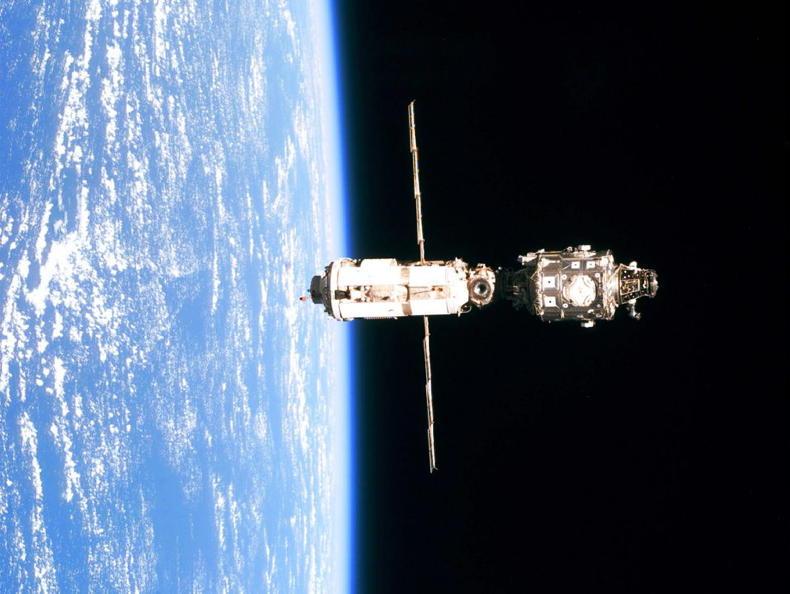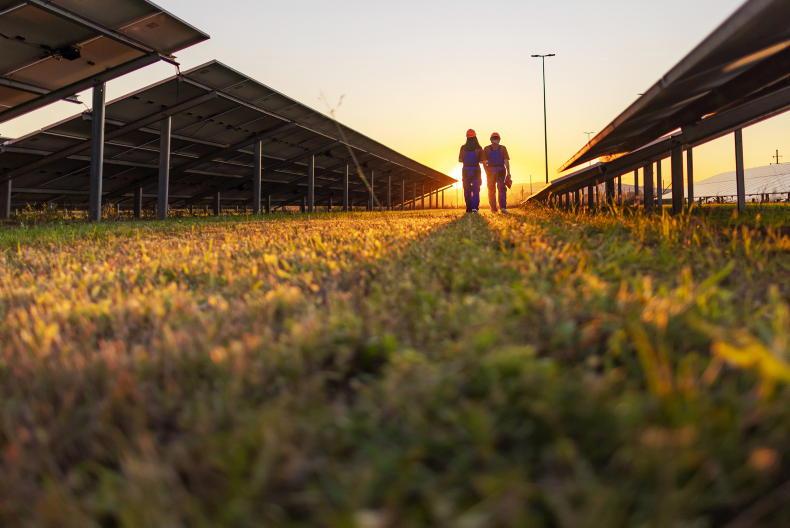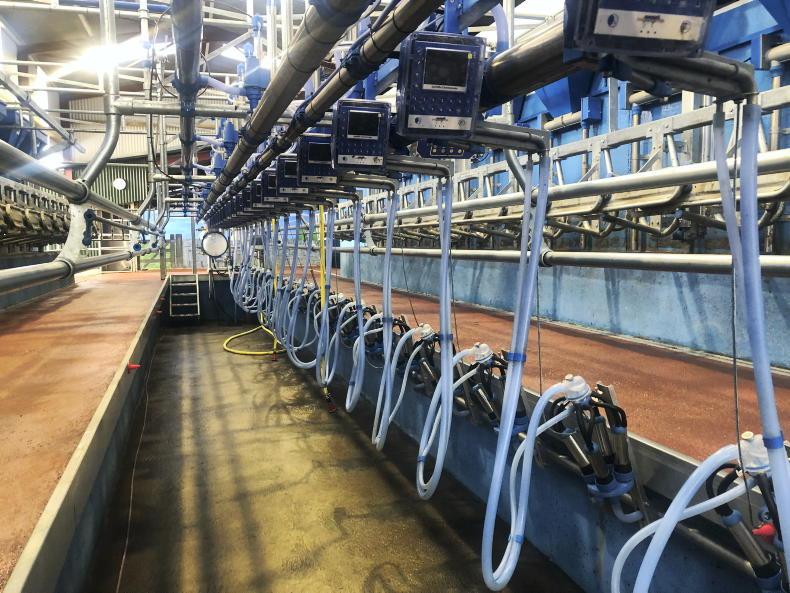The UK government has commissioned new research into space-based solar power (SBSP) systems.
The concept involves the use of large solar satellites to collect solar energy, convert it into high-frequency radio waves and safely beam it back to ground-based receivers connected to the electrical power grid.
The study, led by Frazer-Nash Consultancy, will consider the engineering and economics of such a system - whether it could deliver affordable energy for consumers and the engineering and technology that would be required to build it.
The UK government said that one of the biggest issues to overcome would be assembling the massive satellites in orbit, which has not been done before at this scale.
Commenting on the announcement, space business manager at Frazer-Nash Martin Soltau said: “We will be drawing up the engineering plan to deploy an operational SBSP system by 2050.
"We are forming an expert panel, comprised of leading SBSP experts and space and energy organisations, to gain a range of industry views.”
Science fiction
This is an idea first conjured by science fiction writer Isaac Asimov in 1941 and is now being studied by several nations because the lightweight solar panels and wireless power transmission technology is advancing rapidly.
This, together with lower-cost commercial space launch, may make the concept of solar satellites more feasible and economically viable.
Chief executive of the UK Space Agency Dr Graham Turnock said: “The UK is growing its status as a global player in space and we have bold plans to launch small satellites in the coming years.
"Space solar could be another string to our bow and this study will help establish whether it is right for the UK.
"We will compare SBSP alongside other forms of renewable energy to see how it would contribute as part of a future mix of clean energy technologies."
Watch the illustration below:










SHARING OPTIONS